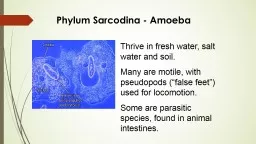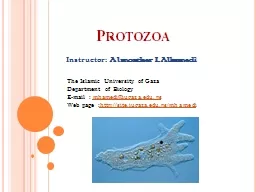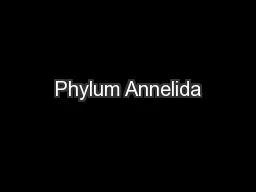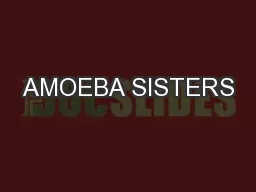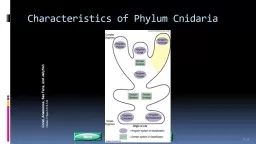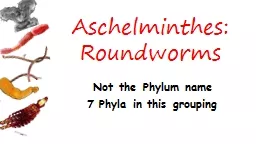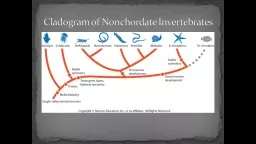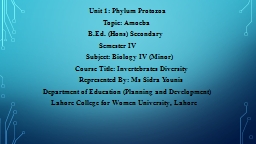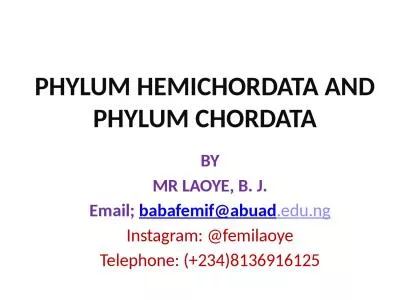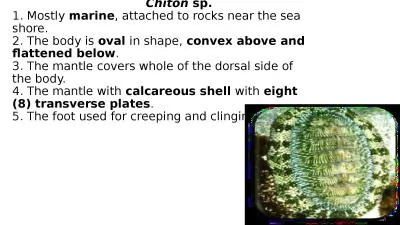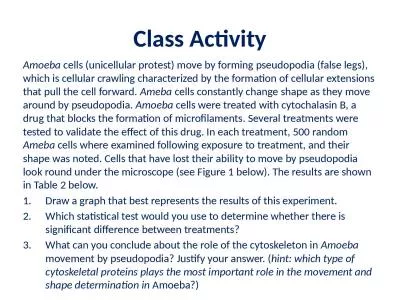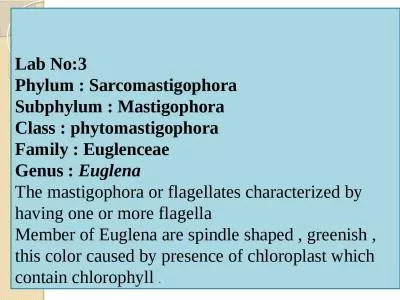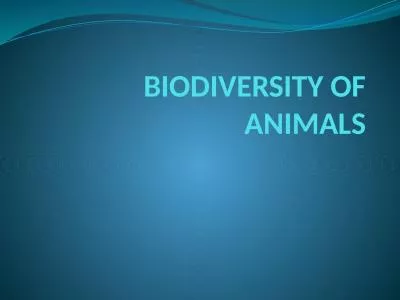PPT-Phylum Sarcodina - Amoeba
Author : cheryl-pisano | Published Date : 2017-03-18
Thrive in fresh water salt water and soil Many are motile with pseudopods false feet used for locomotion Some are parasitic species found in animal intestines Entamoeba
Presentation Embed Code
Download Presentation
Download Presentation The PPT/PDF document "Phylum Sarcodina - Amoeba" is the property of its rightful owner. Permission is granted to download and print the materials on this website for personal, non-commercial use only, and to display it on your personal computer provided you do not modify the materials and that you retain all copyright notices contained in the materials. By downloading content from our website, you accept the terms of this agreement.
Phylum Sarcodina - Amoeba: Transcript
Download Rules Of Document
"Phylum Sarcodina - Amoeba"The content belongs to its owner. You may download and print it for personal use, without modification, and keep all copyright notices. By downloading, you agree to these terms.
Related Documents

